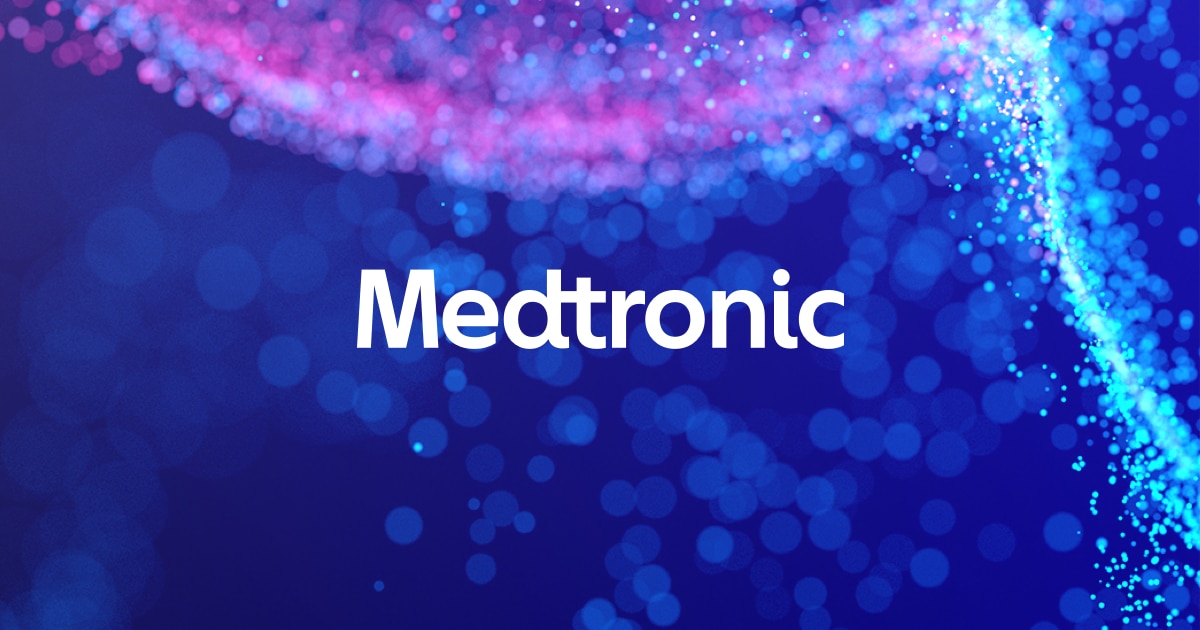I have implanted all systems and routinely do about 60% medtronic, 30% abbott, remainder grab bag.
Used to do a lot of Nevro and my results were not Senza-like, my facility couldn’t afford Senza 2 batteries and senza 1 was just so big patients didn’t like it. They don’t like abbot proclaim 7 either fwiw. Abbott has a 5 year warranty on their Proclaim XR; but that is really just a new logo on Proclaim 5 and the bold XR settings to make it last 5 years are clinically unlikely, to be nice about it. I’ve had more than a few burn out in less than 2 years. The back pain responder rate is not published in the SUNBURST study but I is in the package insert and was about 39% so I would not use this for back pain.
Medtronic Intellis has best in class full body MRI conditionality. Mri can be performed w fractured leads, IPG doesn’t have to be fully charged, and in general is most accepted by radiology centers. It is also the smallest IPG, and has a 9 year warranty because the novel battery technology has less than 5% fade at 9 years.
Abbott requires MRI mode but can’t enter if there are any contacts with high impedance.
Boston curiously made their latest and greatest wave writer system to have a weird introducer and not be MRI conditional. Silly.
The results from the DTM-SCS study with Medtronic has made DTM the first line therapy in my practice for a patient suitable for a rechargeable. 80% of patients had >50% back pain relief and 63% of patients had >80% back pain relief. Average back pain relief per VAS was 74% and leg pain 72%.
For those of you not familiar with DTM and the rational design of the waveform to target the neuro-glial interaction should do some reading (substantiated by basic science preclinical work with transcriptomics describing a phenotype change in

). There are some upcoming webinars going through this science and it is wildly different than any other explanation of SCS mechanism that I have seen from any company. It is also not a black box, any doctor can see their programming.
The next webinar is 4/28. If anyone needs the link to register it is here:

app.medtroniclearn.com
Relevant disclosures: I am a consultant and investigator for Abbott, Medtronic, and Nevro, among others.
Sent from my iPhone using Tapatalk


 ). There are some upcoming webinars going through this science and it is wildly different than any other explanation of SCS mechanism that I have seen from any company. It is also not a black box, any doctor can see their programming.
). There are some upcoming webinars going through this science and it is wildly different than any other explanation of SCS mechanism that I have seen from any company. It is also not a black box, any doctor can see their programming. 

 .
. 